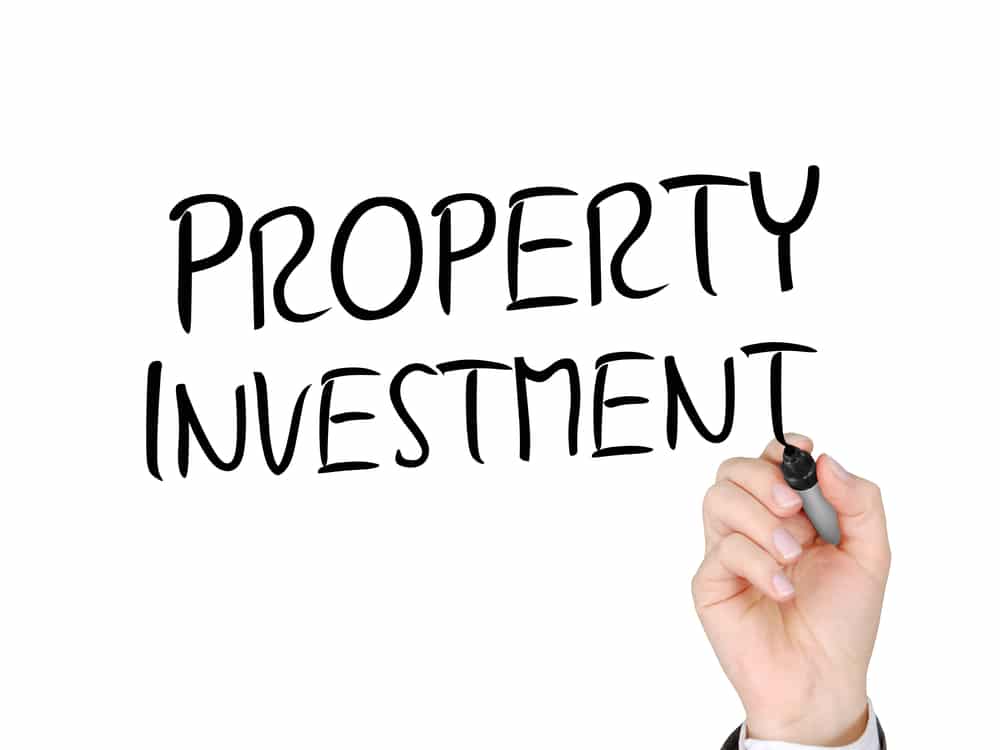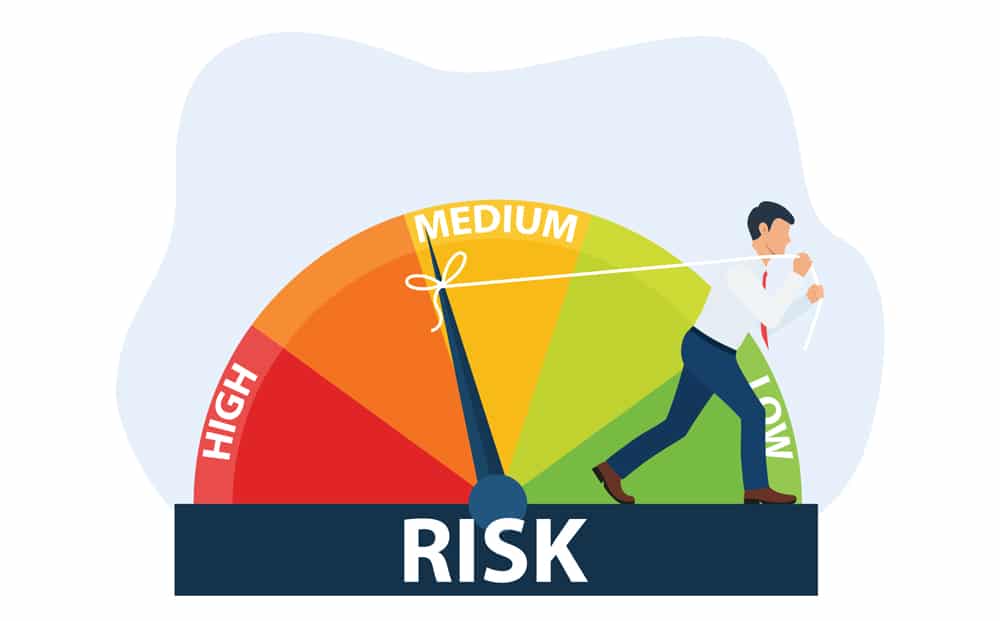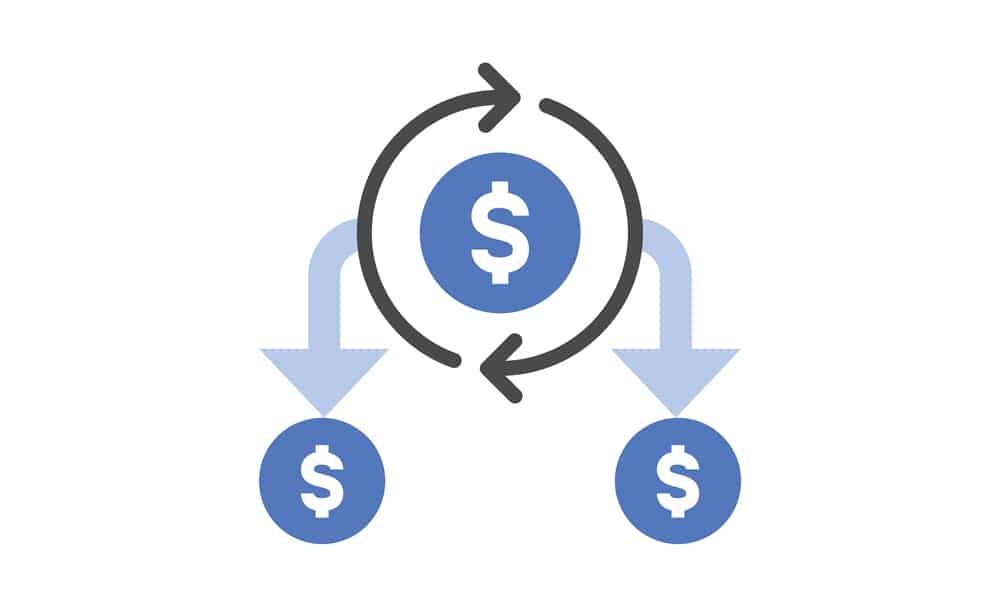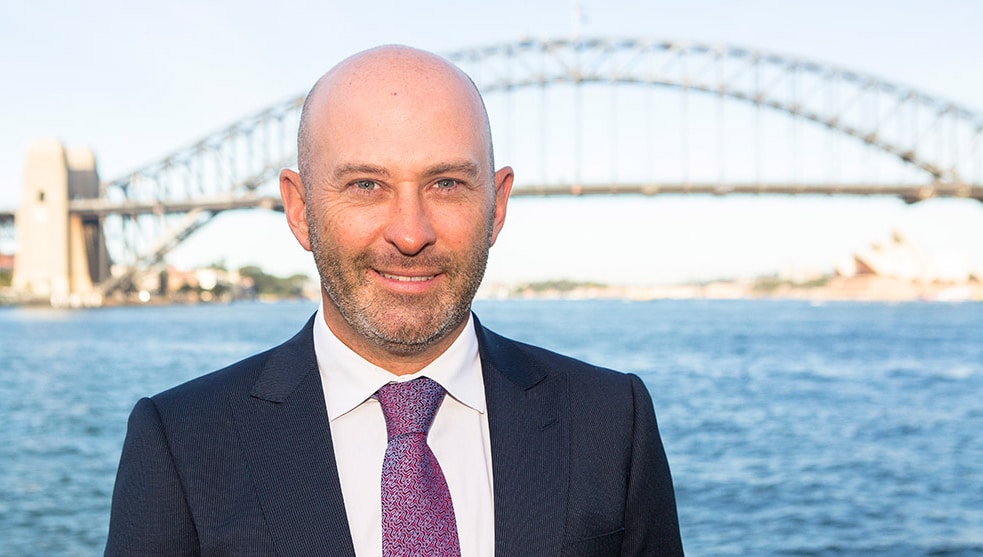
The Secret Behind Buying A Winning Property
Buying a winning property and creating a deal that, as we say in the industry “stacks up,” takes endurance and commitment so don’t rush into anything.
Most real estate is sold in the market to illiterate buyers who are impatient, emotional and who consider themselves too time-poor to show persistence and conduct proper due diligence.
Crunching deals will allow you to view real estate in a whole new light and will establish the real ROI of your investment.
When you analyse a deal, it is wise to take it through the following steps to ensure you have a basic level understanding of the property itself and how it fits into its environment.
FEASIBILITY RULE NO#1: RETURN ON DEPOSIT
Cash on cash is a term all investors should acquaint themselves with when they analyse a deal. The return on deposit percentage gives you the most accurate indicator of how fast you can do this. Here, your goal is to ensure your capital is in and out of the market within two years at the latest.
For example, if you were to put $30,000 in the market, accumulate the asset and achieve growth over 12 months to gain a further $30,000, this is considered to be a 100 per cent cash on cash return.
To put even more simply, if you had $30,000 in the bank and at the end of 12 months you had your original $30,000 plus another $30,000, you would have a pretty good deal.
Cash on cash is the same principle, only it’s achieved through the property market. It allows you to secure and retain your asset, but still have a readily available deposit to fund a new investment.
FEASIBILITY RULE NO#2: PROPERTY FINANCE
Make sure you understand what the typical finance requirements for the area are.
It is important to note that mortgage insurers and banks have classifications for various areas in the property market regarding how risky they believe the particular property market actually is and they will adjust their maximum lending criteria based on their risk rating.
The reason why they do this is they are simply protecting themselves as a business in case someone they approve a mortgage for fails to make repayments and then the bank is forced to take the property back and sell it on the local market to reclaim their monies.
If a particular market is very flat or does not look desirable the bank may ask you to put more skin into the game so to speak by lowering their maximum loan to value ratio to 80 per cent for example.
Properties can often look wonderful until you consider how much capital is required as a deposit. You need to run feasibility on lending when you are buying.
FEASIBILITY RULE NO#3: MARKET VALUE
To determine the sale-price range of properties in a particular area, it’s best to organise them by price.
This will identify the lowest priced property compared to others in the suburb which establishes a guide for how much discount to seek or when to walk away. If a property is priced well below others in the area, asking for a discount is not necessary. The best thing to do is snap it up! Money will be made “on the way in” due to good research and knowledge of the market.
FEASIBILITY RULE NO#4: THE RETURNS
Running the numbers is of huge importance. A property could look great on the surface, but until you measure the rental return, the outgoings and associated costs, you won’t know how much the true cost is per week.
No more than 30 per cent of the property income should be lost to outgoings and rents should be no lower than four per cent return at a bare minimum.
The property will still need further clarification, but as a rule, you never want to be too negative with property as it will drop its serviceability, leaving your wage or income to be the major contributor to the property’s upkeep.
This will often lead to being stuck and unable to buy again.
START WITH A PLAN
Before you buy, you should have a plan in place that guides you on what to buy, where and for how much. Your plan should also include the next steps to build out your portfolio and the experts you’ll need on your team to ensure your success is sealed.
Get started on your property investing plan at one of our free property investing seminars.
Here you’ll discover the most crucial components you’ll need to consider when building a booming property portfolio.
Recent Articles
Tips For Buying An Investment Property
Have you decided to take the property investment journey but are feeling clueless as to how to actually board the train? We’re going to give you our top five tips for buying an investment property in 2022 to help point you in the right direction!
Is Property Investment a Good Investment Asset for You?
Why is property investment a good investment? Why not invest in shares or bonds instead? Which investment is the most secure? If you’ve come to a crossroads in your life where you’re ready to start building your wealth but questions like these are bouncing around your head, then it’s time to sit down and start your education on investing.
Buying an Investment Property Before a First Home in Australia?
Owning property has always been part of the great Australian dream. A lot of people want a place to call their own, with stone benchtops, the latest appliances and a great entertaining deck out back. So, when interest rates hit a record low in the last couple of years and it suddenly started to cost the same to own as it does to rent, why wouldn’t you have just bit the bullet and bought your own home?
The Ins and Outs of Real Estate Risk Management
If you’re new to property investing, what is your risk profile and how do you plan to handle it? Real estate risk management is essential to quashing those all-encompassing fears that can follow investing…
Positive Cash Flow Property – Ultimate Guide 2023
If you want to become a superstar property investor and be on the path to financial freedom, then you’re going to need this guide to investing in positive cash flow properties! Investors that follow a positive cash flow strategy understand that living off passive income is the key to an early retirement – and the only way to do that is to make our money work for us, not against us.
House Vs Apartment Investment – Which Is Better?
These days property comes in all shapes and sizes, giving property investors more options than ever before. The question on everyone’s lips when it comes to the house vs apartment investment equation, is how do you truly know which is better?
The All Monies Mortgage Clause – What You Need To Know!
This article is about the all monies mortgage clause and how it can potentially affect your property investment. When you signed your bank loan agreement to secure funds for a mortgage, did your contract contain an all monies mortgage clause?
How You Can Be 3-7 Years Away From A Multi-Million Dollar Property Portfolio
Using real estate to become a successful property investor is underpinned by one very important philosophy – profits are better than wages. The goal of property investors in the market is to target optimistic returns. However, this does beg the question – if property investing is such a smart and lucrative profit making machine then why don’t more people do it?
Property Strategist Sam Saggers: ‘How You Can Benefit From My Wins And Losses’
Real estate is a game of winning or losing, and as a professional property strategist, in order to get to where I am today, I can honestly say I’ve experienced the full spectrum. But to understand how I’ve managed to turn any loss I’ve had into a gain and support others to do the same, it helps to know where it all began.












